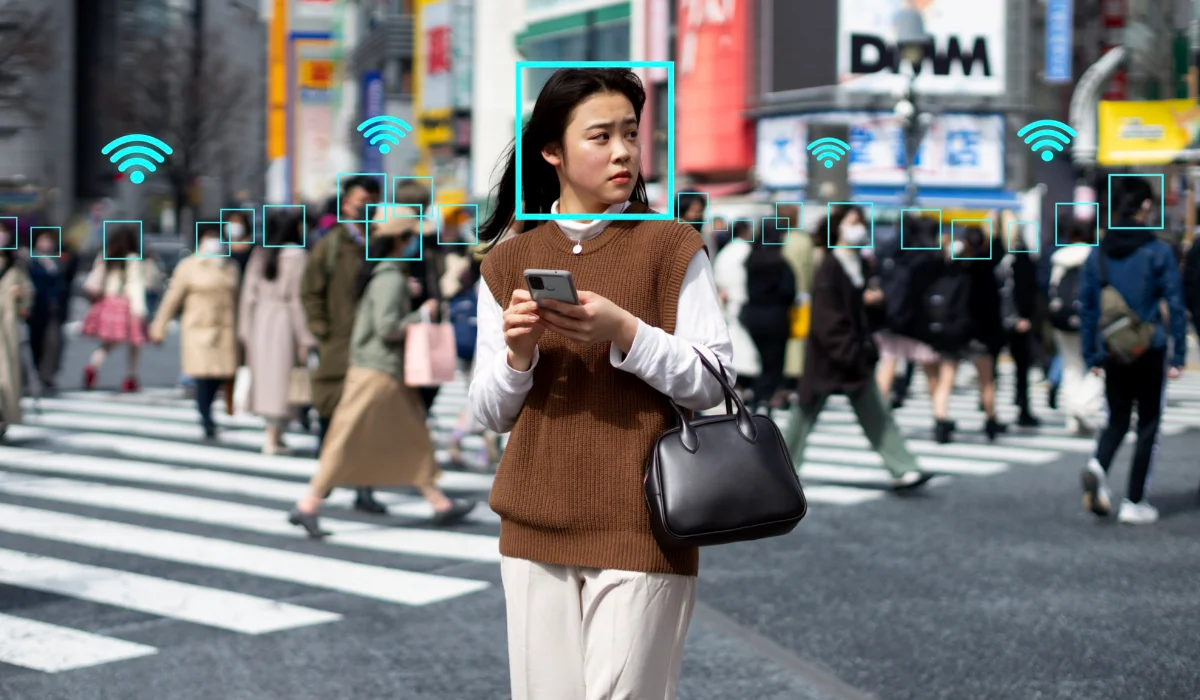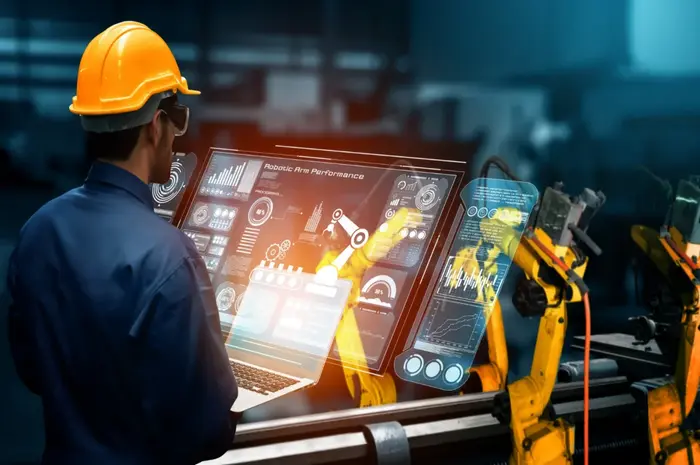Forbes says we will have over 207 billion IoT devices by the end of 2024. In short, businesses will have more opportunities. Businesses that stay abreast of the future trends of IoT will make the most of this data and technology.
We are listing down some of those powerful IoT trends in 2024 and explaining how they will bring positive change. But first, let us do some reality check.
IoT Technology in the 21st Century: A Booming Market with Challenges
According to the State of IoT-Spring 2024 report, IoT technology is the third top priority of businesses after artificial intelligence. And the global market size of this technology is growing insane.
In 2023, the global market was USD 595.73 billion. It would be USD 4,062.34 billion in less than a decade, according to Fortune Business Insights.
There are three major factors behind this massive growth.
- Embedding sensors in everyday objects has become easier with the growing advancements in sensor technology. It has cut down the sensor costs giving businesses more opportunities.
- Cellular networks paired with LPWAN technologies are making connection possible even in remote locations.
- Advancements in cloud computing are making IoT data management easy for businesses. They now have enough storage, high processing power, and advanced tools for the tasks.
IoT Security: The Biggest Challenge in the Way
IoT security is the biggest challenge in the current scenario, and it will remain in the future too. Since everything is connected, if one device gets hacked, everything else is affected too.
According to SonicWall Cyber Threat Report 2023, IoT malware attacks were 37% more than the previous year. Beyond security, seamless data exchange between connected devices and a shortage of skilled IoT professionals are the challenges.
However, businesses can proactively address these challenges by following the future IoT trends and reap the rewards.
Read More: 5 Serious Hazards of IoT Devices and Tips to Secure Them
Top 5 IoT Trends to Follow in 2024 and Beyond

Trend 1: Artificial Intelligence and IoT
AI is nothing without data. A lot of AI applications such as predictive maintenance, smart cars, and more rely on data. Poor and low-quality data makes these applications worthless. The Internet of Things can make them valuable by extracting real-time data from devices, sensors, and machines required for these applications.
Machine learning algorithms can accurately predict patterns and make better decisions using this data. So, businesses using AI for making intelligent software and solutions should use IoT in parallel.
Trend 2: Edge AI or Intelligent Edge
With tons of data generated by each IoT device, the cost of data processing and transferring poses the biggest challenge for businesses. Traditional computing capabilities don’t solve this problem, instead, they limit the ability to analyze data and give responses faster than before.
Applications like autonomous vehicles that require on-the-spot insights for fast decisions can fail because of this limitation.
Edge AI speeds up the computing capability. It makes edge devices capable of processing data without communicating with the cloud servers or an internet connection.
Benefits like reduced latency (delays), optimized bandwidth, low cost, and risk of data transfer and processing make Edge AI one of the key IoT trends in 2024 and beyond.
Trend 3: Digital Twin Technology
Digital twin is an emerging technology with use cases beyond our imagination. For instance, the healthcare industry is using digital twins to study how different treatments and medicines would affect certain medical conditions.
It plays a massive role in manufacturing to predict how a real breakdown would impact their machines. By combining Internet of Things and digital twin, businesses can create the actual representation of their models. They get real-time data for their projects which increases the accuracy of the results.
Trend 4: Next-Gen Connectivity
Great and secure connectivity is important for the success of IoT applications. Next-generation technologies like 5G, Wi-Fi 6, and low power wide area networks aka LPWAN are supporting their success. Here’s how?
1. 5G
- 5G networks offer significantly faster data transmission speeds and higher bandwidth compared to previous generations of cellular networks.
- It reduces the data traveling time between IoT devices and cloud servers. This is crucial for applications such as industrial automation, smart grid management, and emergency response systems. As they need data without delays for making quick decisions.
- It helps deploy IoT applications in dense urban areas, industrial settings, and smart infrastructure projects. This benefit supports the development of smart cities, healthcare monitoring systems, and environmental sensors.
2. Wi-Fi 6
Also known as 802.11ax, Wi-Fi 6 supports applications that require a larger number of simultaneous connections such as smart homes.
It also improves the battery life of IoT devices and coverage area by using advanced technologies such as Orthogonal Frequency Division Multiple Access (OFDMA), Target
Wake Time (TWT), and MU-MIMO (Multi-User Multiple Input Multiple Output.)
This helps businesses to deploy reliable IoT applications in indoor and outdoor environments without any interference.
3. LPWAN (Low Power Wide Area Network)
LPWAN technologies, such as LoRaWAN and Sigfox, increase the communication capability of IoT devices. They can connect with devices installed over distances of several kilometers, even in remote or challenging environments.
LPWAN is thus suitable for applications such as agricultural monitoring, asset tracking, and smart metering. It also makes these IoT applications cost-effective as they require less infrastructure.
Trend 5: Blockchain
As more and more devices continue to be connected, IoT security will be a major concern in
the future. Traditional security measures will fail to safeguard such as vast and complex ecosystem.
Blockchain technology is a game-changer. It adds a high level of security and privacy to the data by distributing it to a wide network of computers. Furthermore, it stores data cryptographically making it nearly impossible to alter or delete.
It further protects the data and devices by assigning them a unique digital identity. These unique characteristics of blockchain make it one of the most important IoT trends to follow in 2024 and beyond.
Future of The Interconnected World
When we talk about IoT applications, wearables come first in our minds. Smartwatches, AR/VR devices, and smart cities run on this technology are already amazing to us. They will reach their full potential in the future.
Devices will shrink in size and be capable of communicating irrespective of their brand and type. They may be self-powered saving energy usage and cost of manufacturing.
In the future, the connection may move beyond device-to-device and machine-to-machine. Human brains and devices may be the future of IoT where we can control devices through thoughts.
Conclusion
The Internet of Things, undoubtedly, holds a promising future for both businesses and customers. These IoT trends in 2024 are just the beginning of how this technology can be used to improve efficiency and experience.
As we will move ahead in the future, the boundaries between the real and virtual world will get thin and a seamless intelligent, and interconnected future will become visible.



